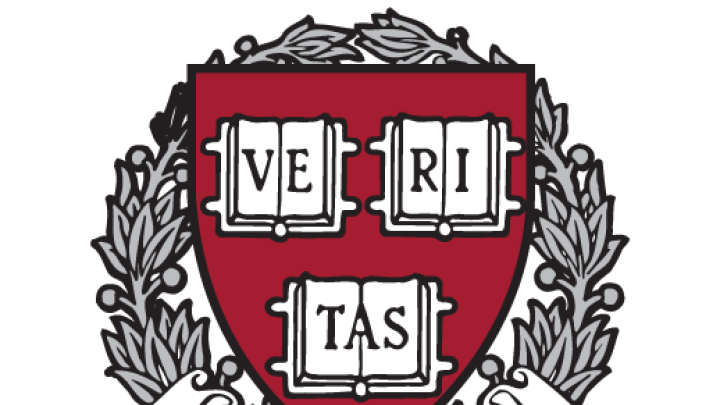Harvard College reported today that 34,295 people have sought admission to the class of 2018—about 2 percent fewer than the record 35,023 applicants last year and roughly in line with the cohort in the two prior years (34,303 and 34,950, respectively). As reported previously, 4,692 applicants among the class of 2018 hopefuls applied under the early-action procedure, and 992 were granted admission in December. Among peer institutions, Princeton reported that it had received 26,607 applications, its third-highest total and up marginally from the 26,498 people who sought admission last year.
In the news announcement, admissions officials observed that 22.7 percent of applicants this year requested a waiver of the application fee, compared with 16.4 percent last year—perhaps an indication of greater economic diversity among those seeking a place at the College.
The recent plateauing of applications may reflect several factors. In recent years, wide adoption of the common application has simplified students’ pursuit of admission, even as admission rates have plunged to the single digits—increasing the pressure to apply to more schools.
Moreover, the news release is at pains to note, there is now strong demographic evidence that a two-decade rise in the number of high-school seniors in the United States has ended—and indeed, that the pool of those traditional applicants is now likely to decline. Citing a recent report, the admissions officers forecast that the U.S. high-school-age population will not return to the 2010-2011 level in the next dozen years. Moreover, the United States is aging at different rates regionally, with the Northeast (home to many peer selective private and public institutions of higher education) and Midwest populations of college-goers declining—in some states, sharply—and the South and West cohorts growing. Even for an institution with national and international appeal, like Harvard College, that may have some effect, because the vast majority of American students attend college within several hundred miles of home.
Along with these regionally varying growth rates, the news release pointed to the shifting composition of the college-aged population, leading to a much more ethnically diverse public-school population in coming years, with non-Hispanic white students comprising about 48 percent of public high-school enrollments by the middle of the next decade. More discussion of these demographic trends is available at the admissions office website.
Early-action applicants and those who applied by the January 1 regular-action deadline will be notified of the College’s decisions on March 27.
Read the news release here.









